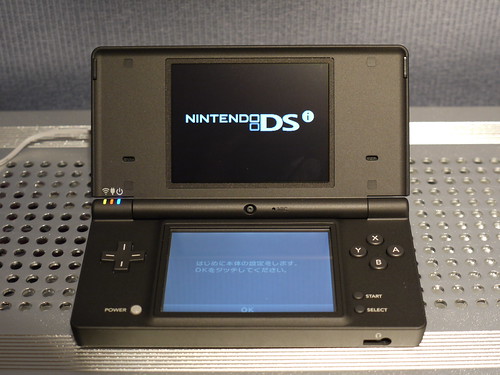It's been a very relaxing few days since the end of the Beacon summer session, and I've made it a priority to take advantage of the downtime, finally enjoying my vacation. Then again, vacation is a pretty relative term here coonsidering the amount of leisurly stuff I did while I was "working". The Beacon Summer Program went to the movies, visited the Academy of Science, walked the Santa Cruz Beach Boardwalk, and went on a pretty kick ass camping trip.
In fact, I really can't follow up that kind of experience with much of anything so far. The last few days have been alright but today was especially boring (filled with dastardly chores; the kind that haven't been done in weeks).
 Still, I'll admit that the downtime was needed. No one likes to work year round, least of all me. Thursday we had an impromptu reunion of volunteer Beacon Staff at the Best Buy over on Harrison. A bunch of the cool kids (ATF!) invited me to go with them as they eagerly scouted the electronics giant for a worthwhile item to spend their prized $100 gift cards.
Still, I'll admit that the downtime was needed. No one likes to work year round, least of all me. Thursday we had an impromptu reunion of volunteer Beacon Staff at the Best Buy over on Harrison. A bunch of the cool kids (ATF!) invited me to go with them as they eagerly scouted the electronics giant for a worthwhile item to spend their prized $100 gift cards.
And I walked into Best Buy with my a mission of my own - to not buy a Nintendo DSi. And I failed miserably.
So, why wouldn't I want a Nintendo DSi, you ask? This is especially puzzling if you actually know me in real life, and know what a champion for the games industry I tend to be. The truth is, I wasn't interested in any of the little things: the smoother matte finish on the device, the smarter menu design, the bigger screens, and the (low quality) cameras were all wasted on me.

Instead, the purchase of my DSi came down to the potential of Nintendo's downloadable games. Say what you like about the format, but downloadable games are the future of the industry. Yes, they're smaller budget, and these games are no where as visually polished as currnet gen console stuff, but the focus in developing downloadable games tends to shift to just being fun and entertaining.
I did take pictures with the camera though, and there is something oddly fun to be said about manipulating photos on the device. I'd proabably have to pay to do this on my iPhone 3G, or try a series of different apps before settling on the right one.

So the greater question is, what will I do with my DS Lite? It still has a GBA slot for the old school great games of Gameboy's past. Someone I know even mentioned getting an R4 for it, but I haven't decided if I really want to take that route yet.
Besides becoming the proud owner of a DSi, nothing else really happened on my vacation so far besides a lot of cleaning. Oh, and I started re-playing a Japanese RPG called "The World Ends With You" on my new DSi; that and a downloadable Brain Age Math game have been keeping me pretty busy.
I can only hope the rest of my vacation turns out to be more interesting.









